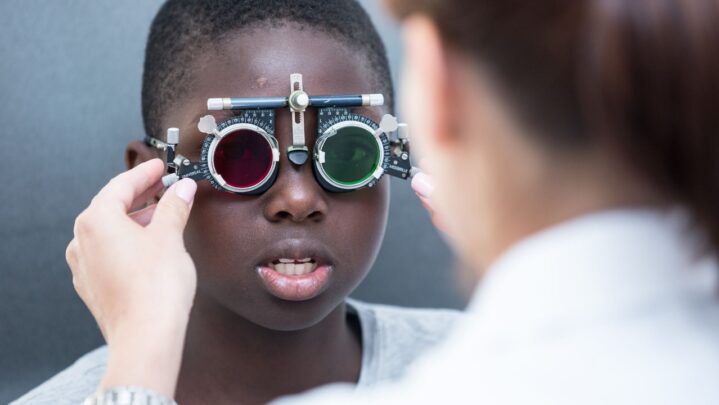Color blindness is a disorder in which the eyes are unable to distinguish between different colors. Color blindness affects people in different ways. Most people can’t tell the difference between reds and greens, while others can’t tell the difference between blues and yellows, and a small percentage can only see black and white due to a condition known as monochromatism.
Color blindness is a congenital condition caused by a difference in how one or more light-sensitive cells in the retina of the eye react to various colors. These cells, known as cones, detect light wavelengths and allow the retina to differentiate between colors. Color blindness can result from a variation in sensitivity in one or more cones, as per Bausch Lomb reports.
Diagnosis
In the daylight, color blindness is tested. If you have problems seeing specific colors, you will most likely be given a complete eye exam and shown specially prepared visuals made up of colored dots with numbers or shapes hidden in them in a different hue.
Some of the patterns in the dots will be difficult to distinguish if you have a color vision problem.
An anomaloscope is a device that is used to check for color blindness. It emits a pulsing red and green light. The user is instructed to alter the mixture until it resembles a yellow glow. By observing the redness or greenness of the adjusted mixture, the examiner can determine how severely color blind a person is.
Treatment
Color blindness has no known treatment. If needed, color-correcting filters are available for contact lenses and glasses.
Fortunately, most color-blind people’s eyesight is normal in all other ways, and all that is required are a few adaptations techniques.
Keep reading successyeti.com
Also Read: Computer Vision Syndrome: Symptoms, Treatment & Prevention





